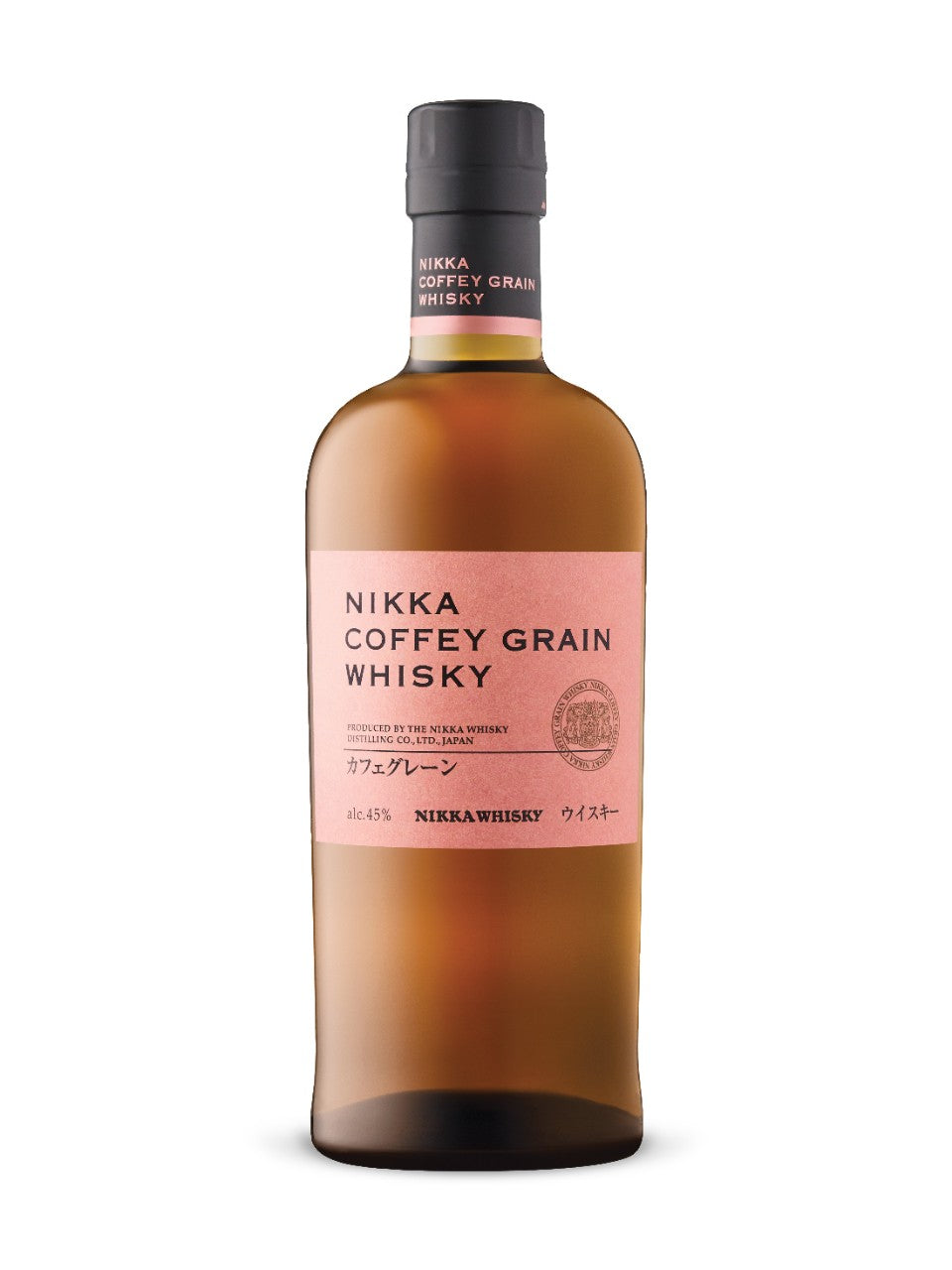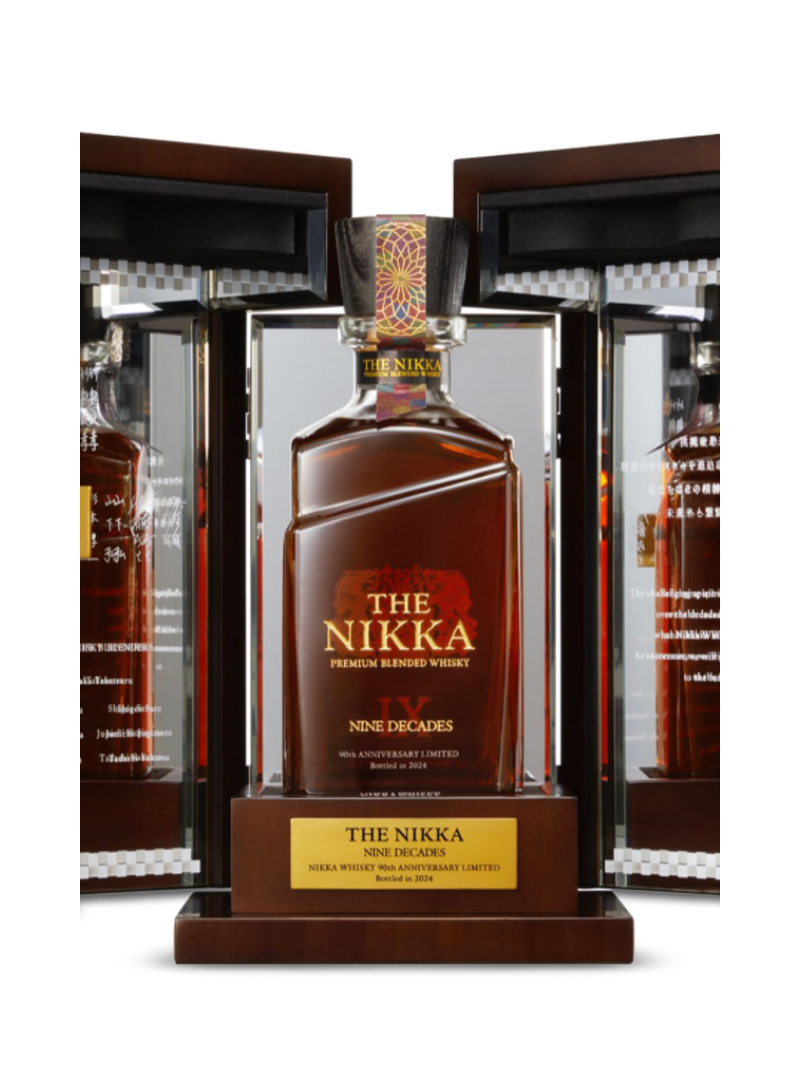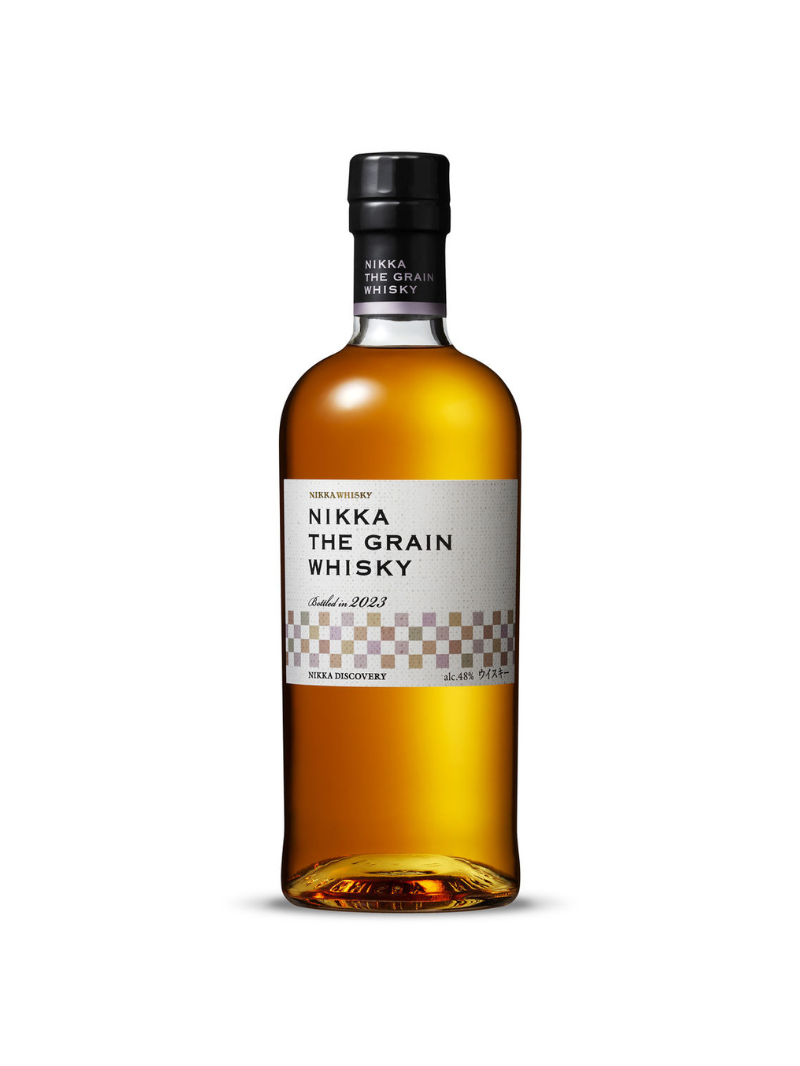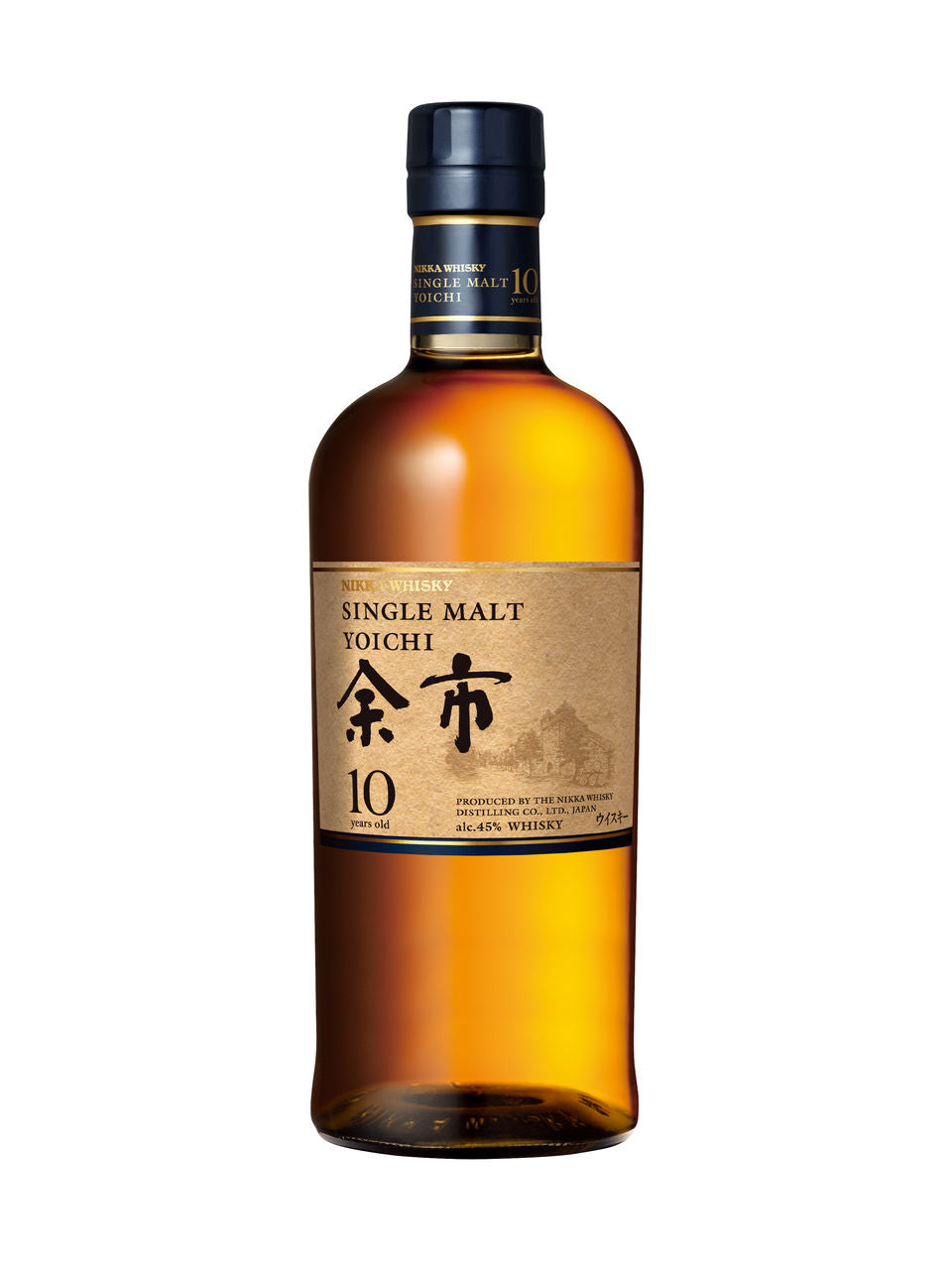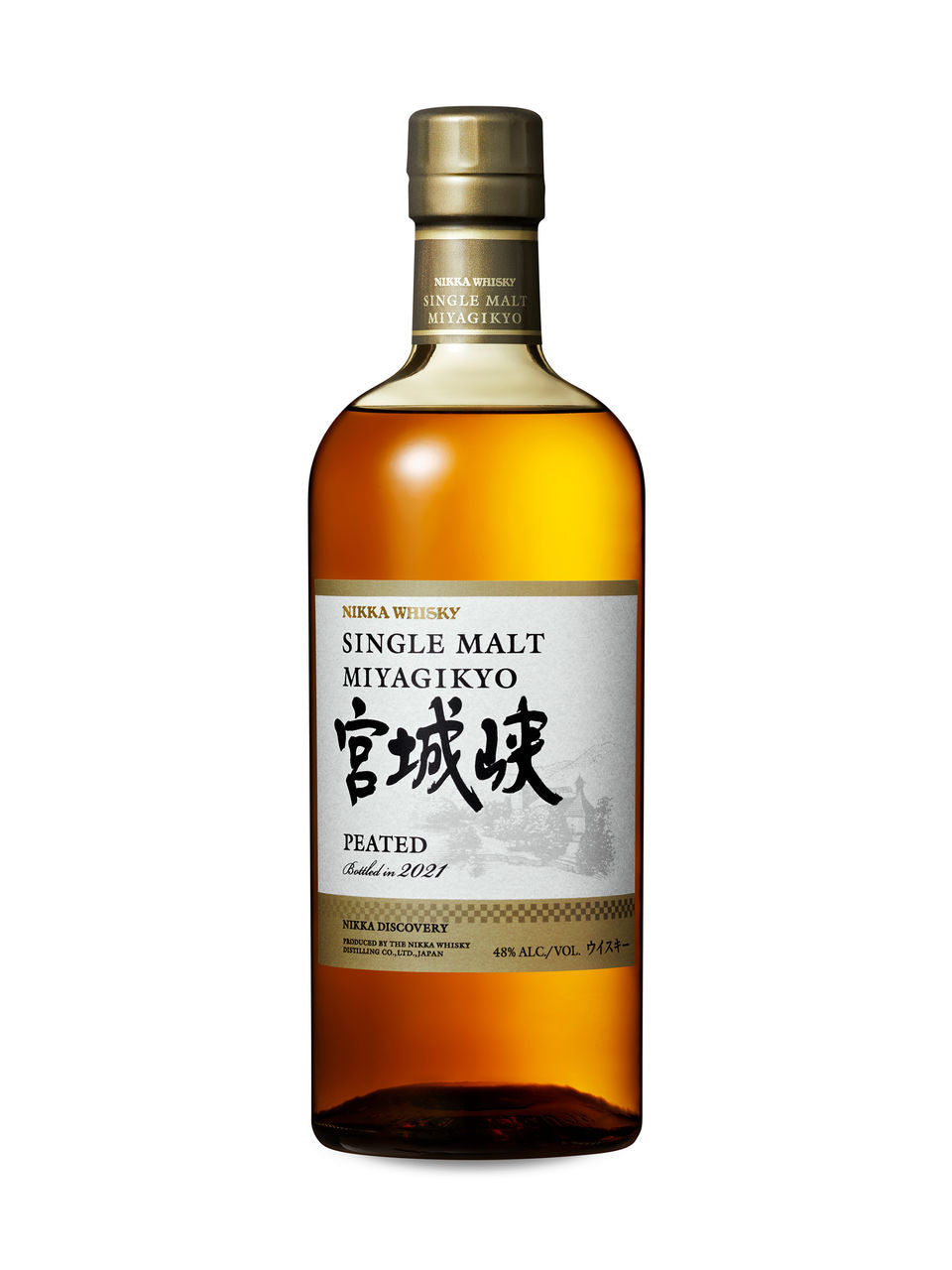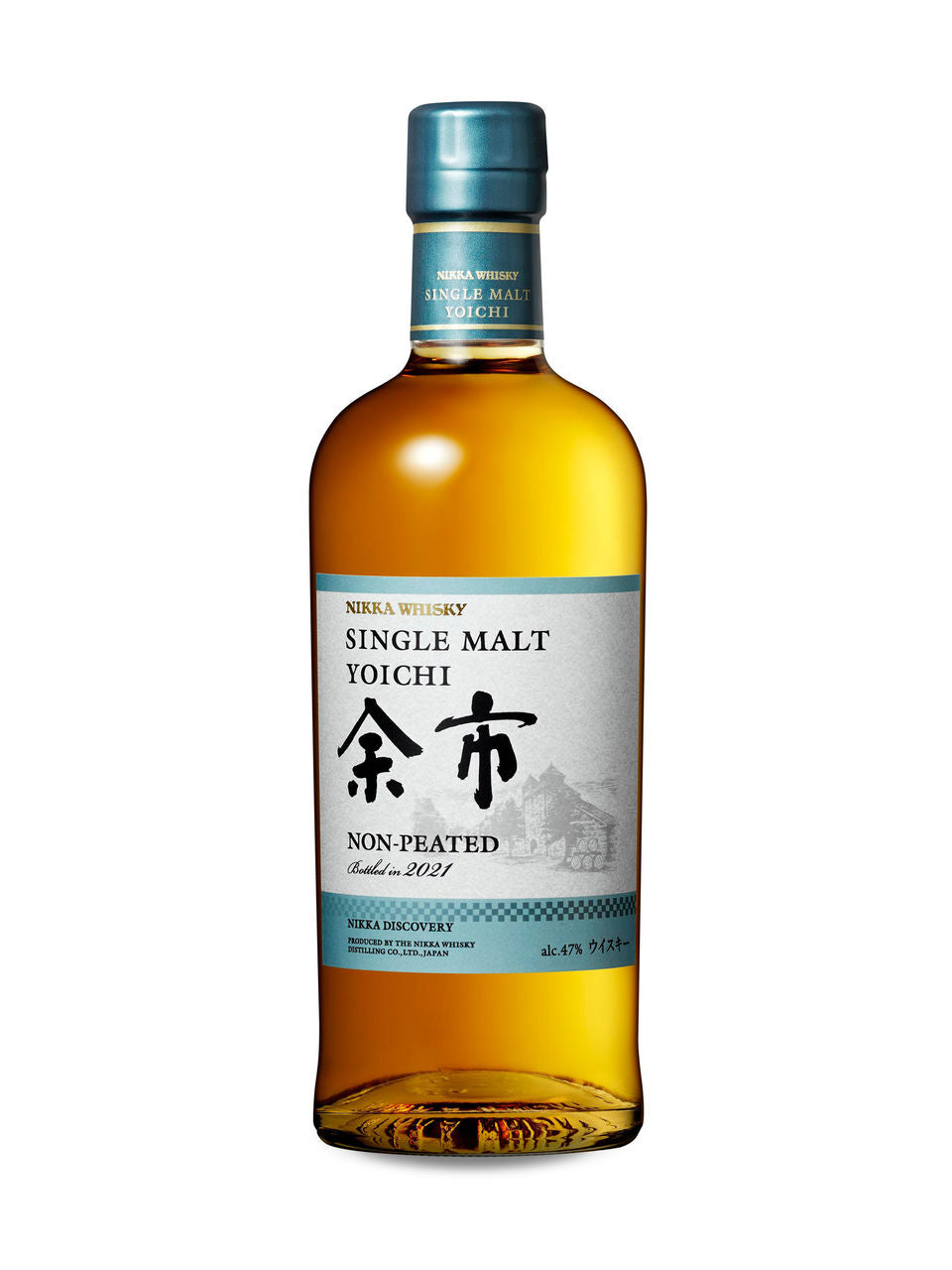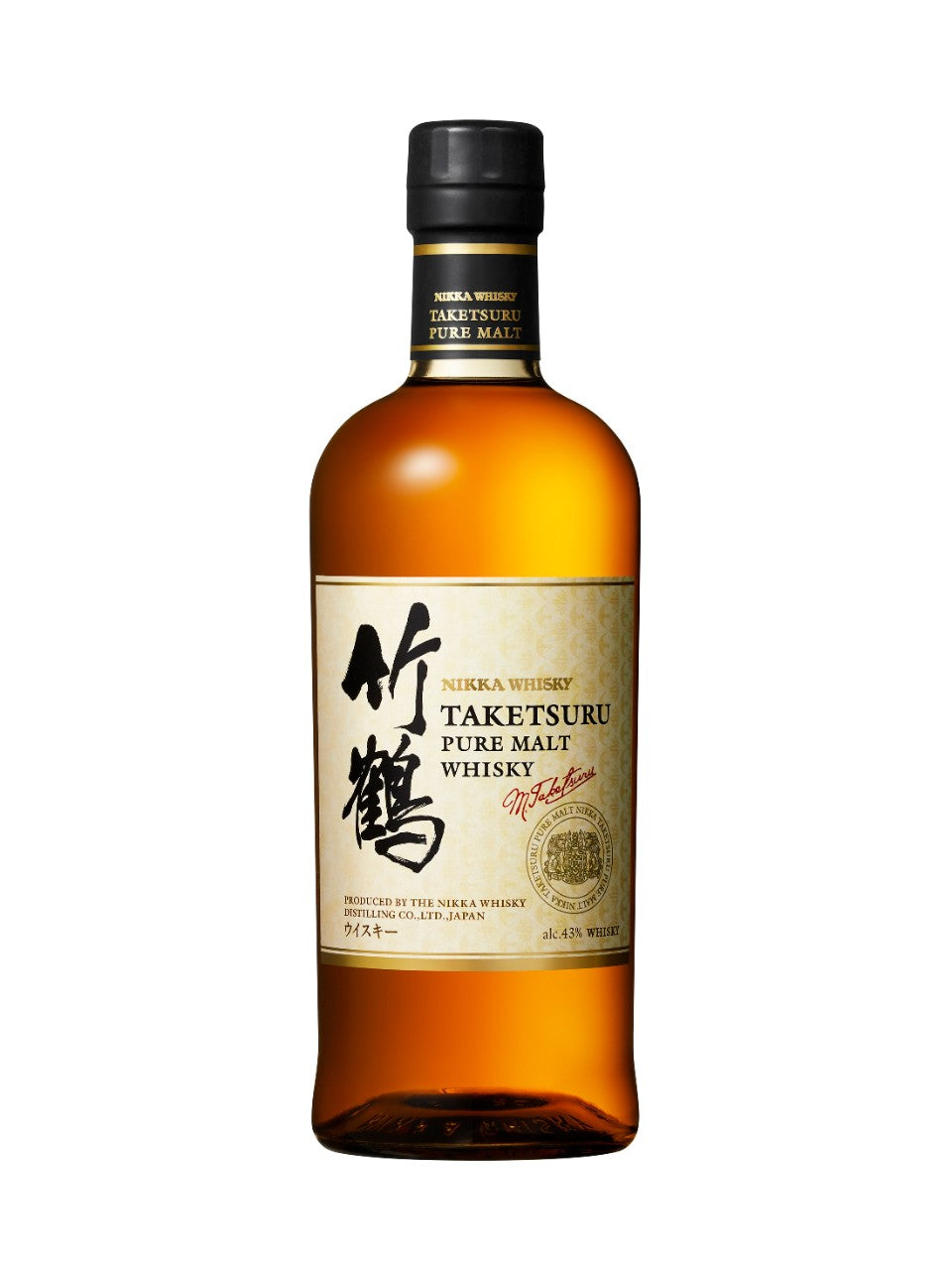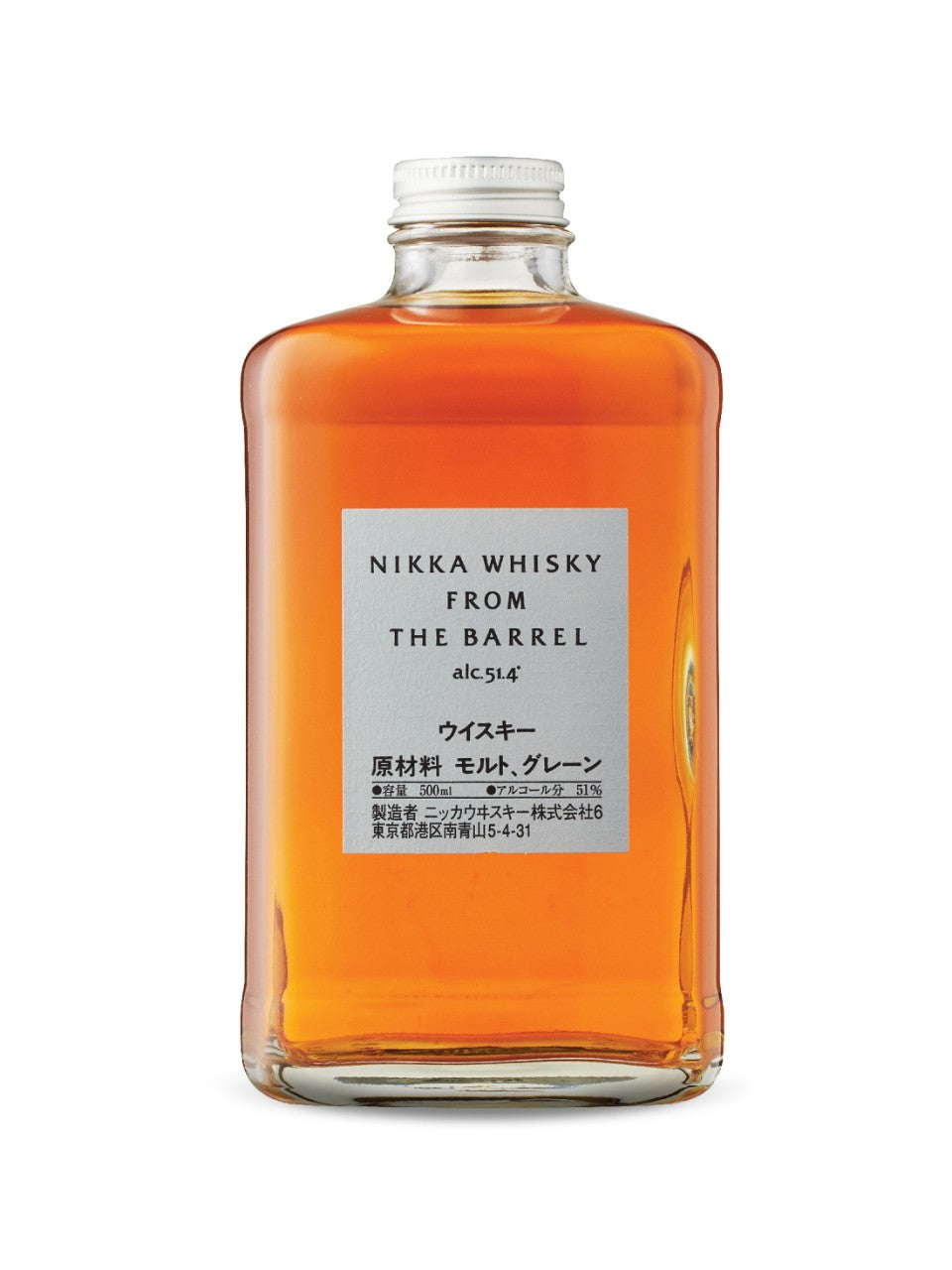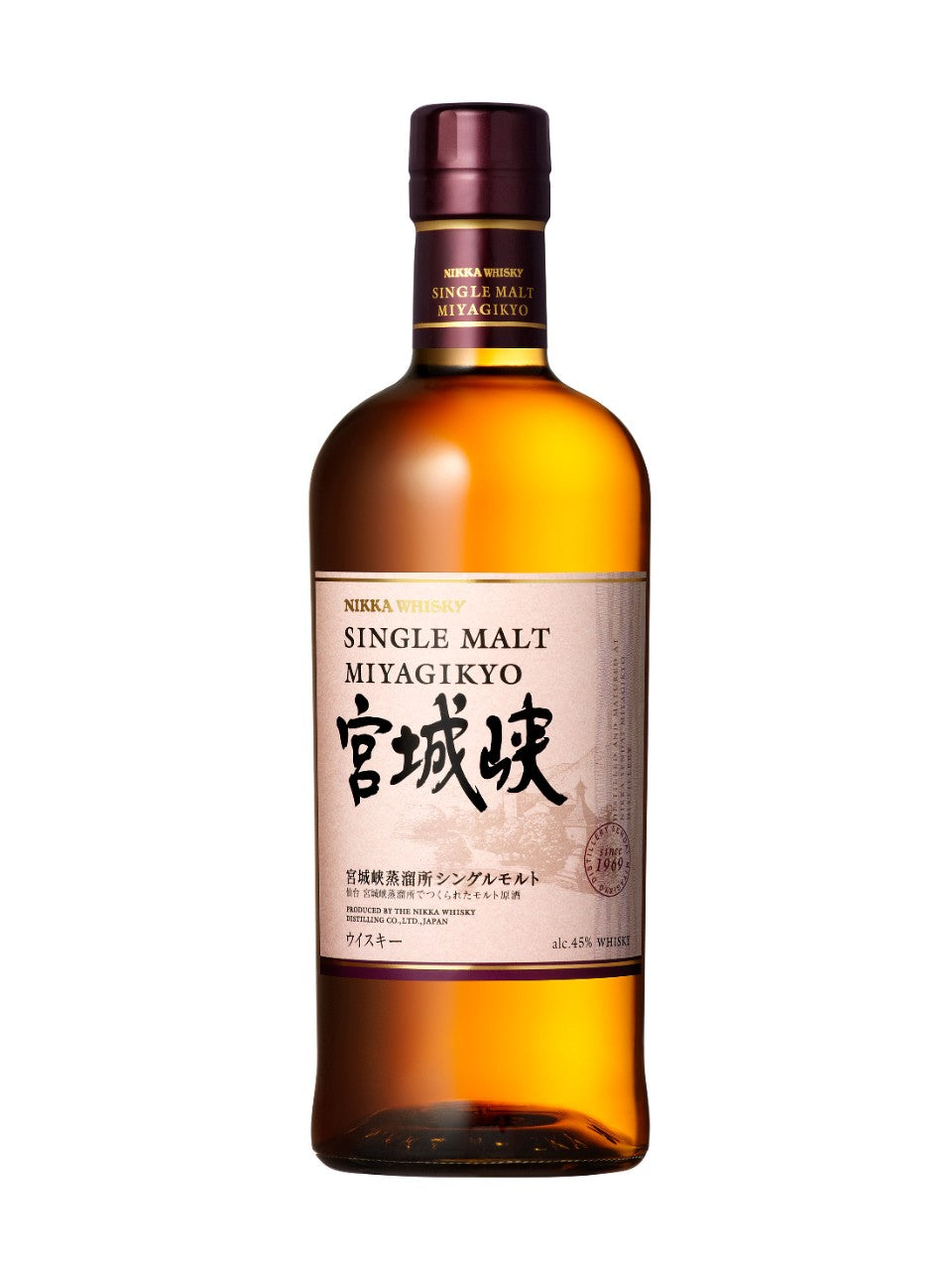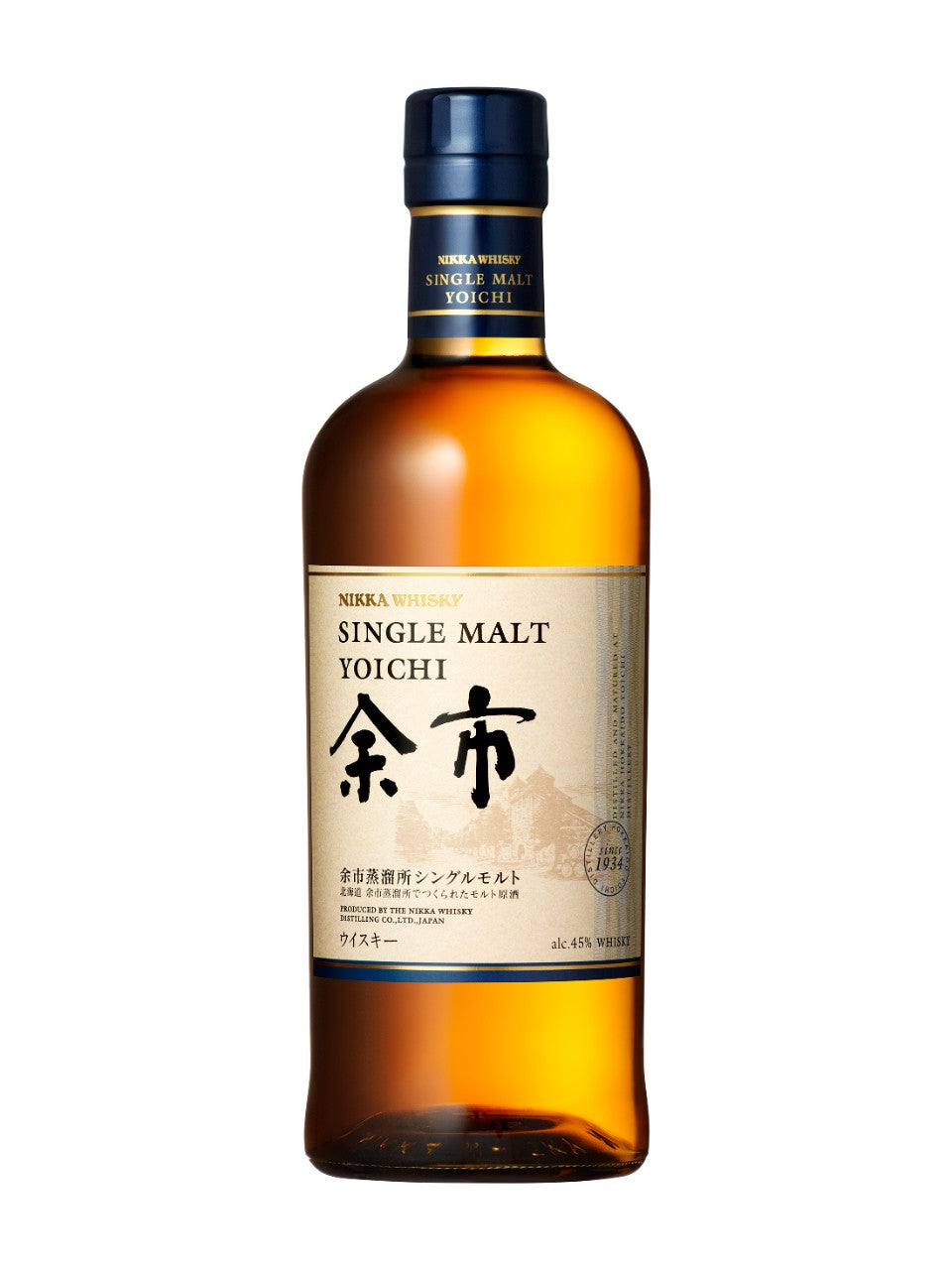ABV%: 45% – 51.4%
Source: Malted barley, grain, corn
ORIGINS / HISTORY
Masataka Taketsuru became the first Japanese ever to master how to make whisky. He enrolled at the University of Glasgow, took chemistry courses and then apprenticed at three Scotch distilleries. The young and passionate man was fortunate to learn first-hand from craftsmen and have practical trainings to master blending. The two notebooks filled with every detail later became Japan’s very first guide in whisky production. In 1920 Masataka returned to Japan with his Scottish wife Jessie Roberta (Rita), however after returning to Japan, they were heartbroken to find out that Settsu Shuzo, the company which invested in Masataka to learn in Scotland, had to abandon its plan to produce genuine whisky in Japan due to recessions after World War I.
In the meantime another company, Kotobukiya Limited (Suntory), was in search for someone who could conduct whisky production. Being the only Japanese who knew how to produce whisky at that time, Masataka was hired by Kotobukiya in 1923 to direct building the Yamazaki Distillery. There he led the project and devoted himself to producing Japan’s first genuine whisky. After his ten year contract ended, Masataka decided to become independent to make his own ideal whisky. In 1934 he went north and built his first distillery in Yoichi, Hokkaido, a place he always considered to be the ideal site for him to make whisky. The environmental conditions of Yoichi were in many ways similar to those of Scotland with a cool climate, crisp air and appropriate humidity. The company first started producing apple products under the name of “Dai Nippon Kaju” and in 1936 the first pot still designed by Masataka and made in Japan was installed and started distillation. Finally in 1940 the first whisky from Nikka was launched. The brand name of this whisky was “NIKKA WHISKY”, short for “Nippon Kaju”, which later became the name of the company itself.
DISTILLERY – YOICHI
Taketsuru valued the northern climate and Yoichi, the place chosen for his first distillery was close to the sea, surrounded by mountains and similar to Highland in Scotland. The cold climate with an appropriate humidity, crisp clean air, fresh water and the proximity to the sea, is one of the distinctive features of Yoichi. The sea breeze gives a briny hint to the whisky during the maturation.
Masataka set a pot still using direct coal-fire when he built the Yoichi Distillery. This still was similar to pot stills at Longmorn Distillery where Masataka had the first practical training in Scotland. This traditional coal-fired distillation is hardly seen today as it is difficult to control temperature and requires highly skilled craftsmen. The distillation process at Yoichi has remained very traditional to this day. The characteristics of Yoichi Single Malt such as boldness and toasty burnt flavors are unique features of this distillation.
DISTILLERY – MIYAGIKYO
In 1967, Masataka was exploring the northern part of the main island to find another ideal site for his second distillery and came across a beautiful glen surrounded by mountains and at a junction of two clean rivers. Once he tried the water from one of the rivers, which is now the water source, he was so impressed and immediately decided to build a distillery there. The name of the river was Nikkawa river by coincidence. Masataka aimed to develop a complete contrast between Yoichi Distillery and Miyagikyo Distillery. Along with the different terroir, the different distillation method of Miyagikyo creates distinctive malt whiskies. Miyagikyo’s pot stills are much larger than those at Yoichi with different shapes such as a bulge neck and ascending lyne-arm. These pot stills are heated by indirect steam at a much lower temperature that allows slower distillation. Miyagikyo Distillery produces grain whisky and malt whisky. The quality of grain whisky was one of the critical elements for Masataka’s ideal blending. The Coffey Still is a very traditional type of a continuous still, which was invented by Mr. Aeneas Coffey in 1830. Masataka became familiar with the Coffey Still in Scotland and imported the first set in 1963. Despite its old-fashioned structure and inefficiency, he valued the feature of the Coffey Still, which retains more flavors originating from the grain itself. Today Nikka owns two sets of Coffey Stills, both operating within the Miyagikyo Distillery. Coffey-distilled whiskies and spirits are highly reputed in the world.



